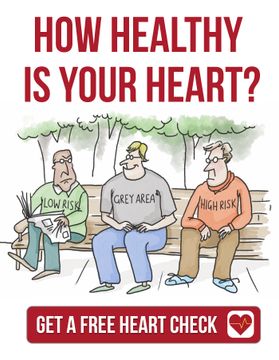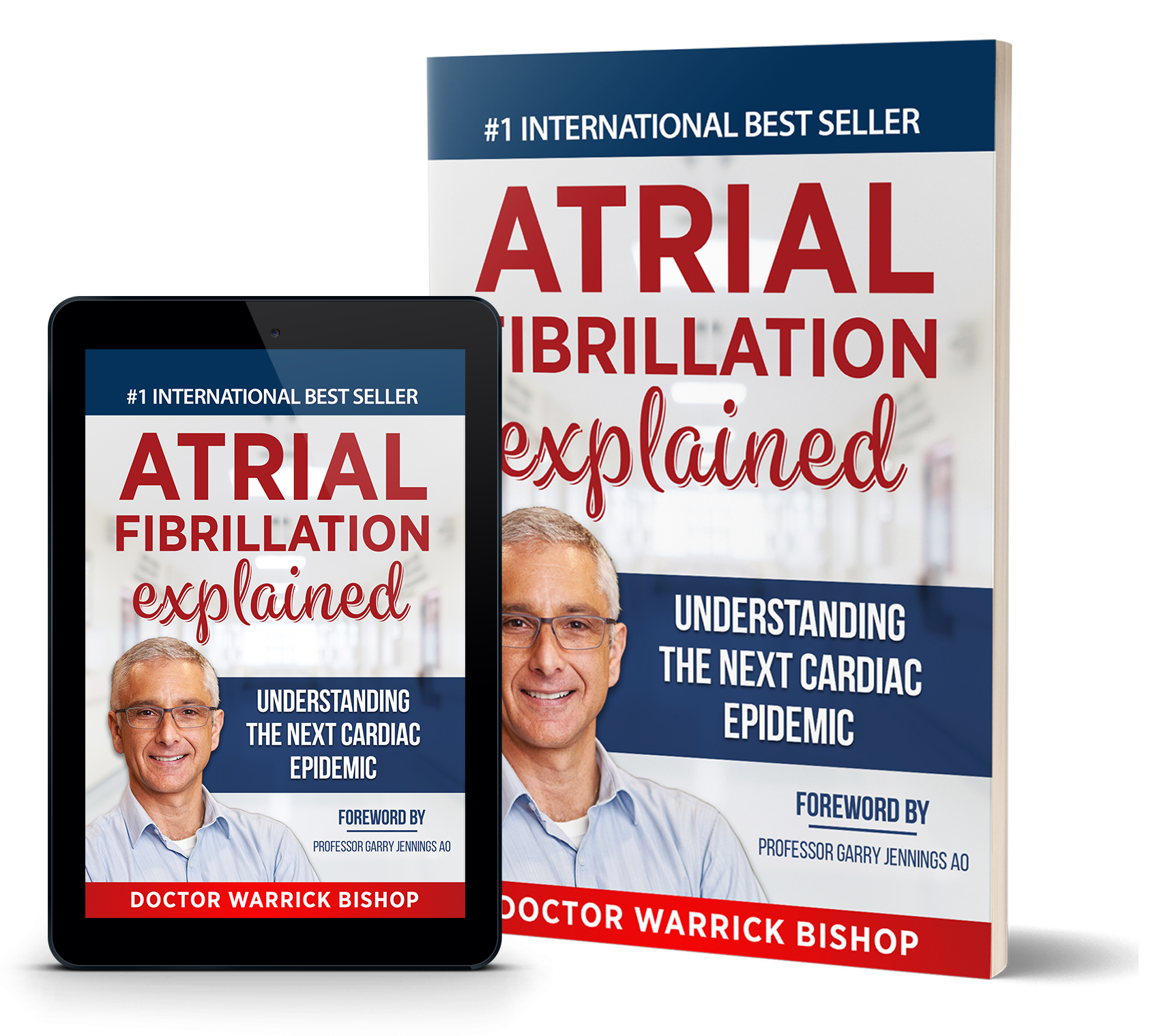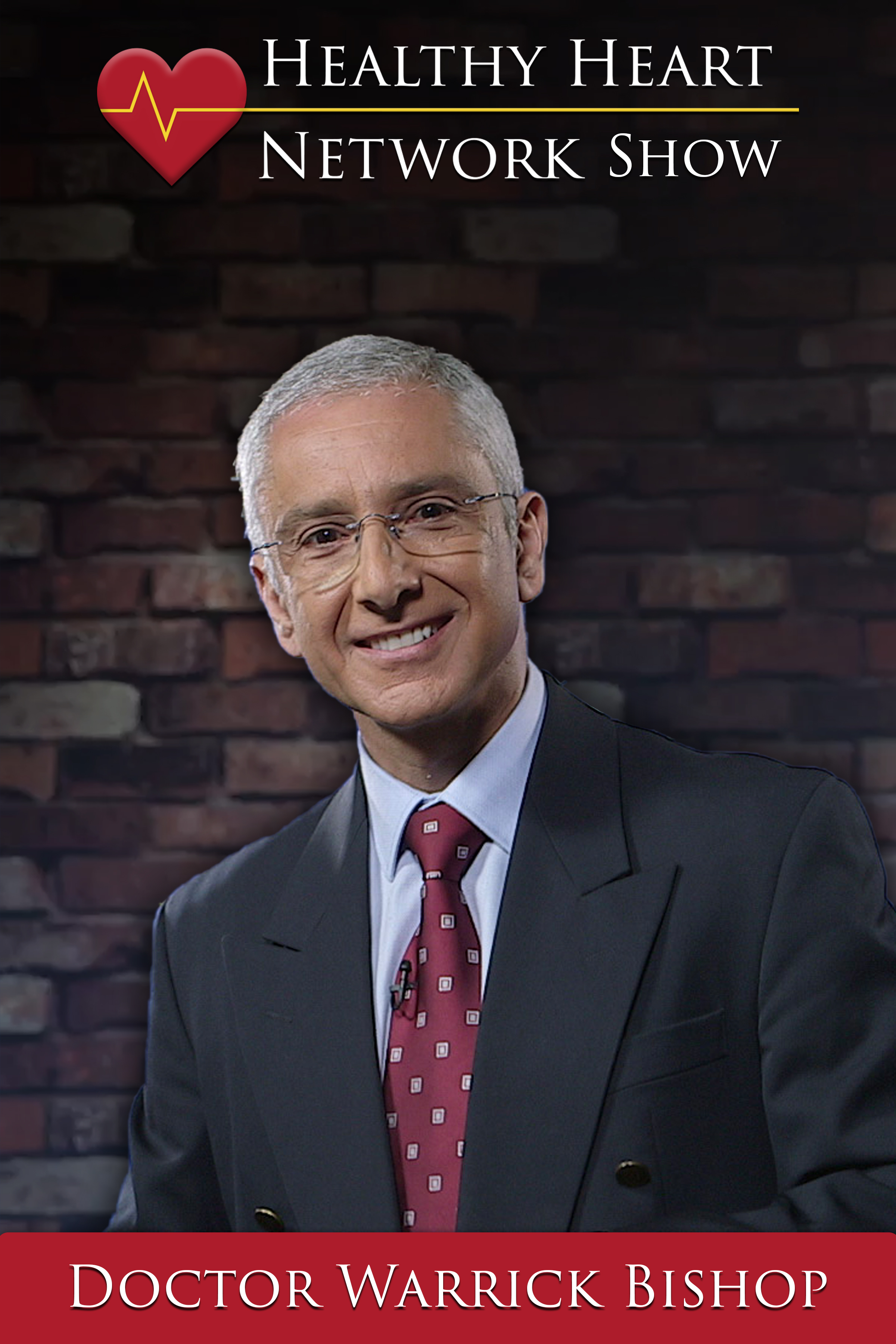JOIN OUR HEALTHY HEART MEMBERSHIP HERE: https://healthyheartnetwork.com/page/starter
Welcome to Dr. Warrick's Podcast Channel. Warrick is a practicing cardiologist and author with a passion for improving care by helping patients understand their heart health through education work believes educated patients get the best health care to discover and understand the latest approaches and technology in heart care and how this might apply to you or someone you love.
Hi, my name is Dr. Warrick Bishop and I'd like to welcome you to my consulting room. I'd like to speak with you today about two cases I've had in the last couple of weeks who've really reminded me of the difficulty we sometimes have in predicting who's going to have a heart attack. Both these cases were emergency workers. Both of these cases were men. The first man was just over 50 years of age. He was fit and he was well. In fact, if you walk past him on the street you would pick him as someone who looked after himself and exercises regularly which he did.
This man who was just over 50 years of age without any substantial risk factors whatsoever and ended up in the hospital with chest pain out of the blue. That chest pain was in association with an abnormal blood test which we call a positive troponin confirming that there was some involvement of his heart plus he had ECG changes. He went on and had further investigation, he had an invasive coronary angiography and this demonstrated that he had narrowing within his artery. Running down the front of his heart. He'd had a blockage of the left anterior descending artery.
This was completely unexpected. This was a man who looked fit and well for him, it was very difficult to even understand what had happened. As you can imagine as you would believe he was bemused by the outcome. We've of course treated his cholesterol. He's now on aspirin. He's on blood pressure therapy which we use as part of our treatment for heart attack, and thankfully he's made a good recovery.
But it is a very timely reminder of how difficult it is for us to know looking at the outside what the health of someone's inside is. Literally within a week or two of this 53-year-old male ending up in the hospital with me. A young man 45 years of age also an emergency worker came to see me. This second man was young and fit, in very very good condition, in fact, he went out of his way to train regularly attending the gym and undertaking exercise, jogging, and other activities. Six months earlier he had been to another cardiac service.
There he'd gone through treadmill testing. That had been done because there was a bad family history of premature or coronary artery disease. This young man 45 years of age breezed through the treadmill testing, didn't turn a hair got a very high capacity and had absolutely no symptoms and no signs of a problem whatsoever. He was reassured and left it at that.
His mum however in the intervening time had come across a copy of my book, "Have You Planned Your Heart Attack", had read it and said to her son, "Son you really need to go and see Dr. Bishop and get another opinion". When I saw this man I explained to him that treadmill testing is a really good way of picking up if there is a blockage or a narrowing in the arteries.
But it's not a great way of telling if there are the beginnings of a build up or a potential build up in the next few years that could lead to a problem. We did speak about imaging to literally look at his arteries, I explained the costs. I explained the exposure to radiation, and that we often inject xray contrast. So the contrast side effects or allergies I covered those as well. This young man was still keen to have that testing done to see exactly what was going on with his arteries...... and thankfully he did. Interrogation of his heart using CT Imaging clearly demonstrated plaque in the artery running down the front of his heart.
A plaque which left unattended would run a very very high risk of the serious consequence of heart attack. In the next five to 10 years. This man was clearly at a much higher risk than you would have imagined from looking at him, and that was suggested by his treadmill test only six months earlier. This 45-year-old man is now on the appropriate therapy. And hopefully, one day won't end up in hospital in the same way that the 53-year-old gentleman did because we had that chance to be ahead of the game, because we've had the chance to put in place therapies that will make a difference.
We've also had the chance to educate this man and raise his awareness such that if any symptoms ever do occur he is forewarned for prepared and knows exactly what to do. Although there is no clear-cut evidence in the literature of this sort of use of technology to guide therapy in individuals like this patient, I feel confident that in this man we've made a difference that could be life-changing. The issue of using cardiac imaging is not yet a guideline recommendation but I recommend it's something that you should be aware of and engage your doctor in a conversation about if it might fit for you. I don't want to see 53-year-old men who are otherwise fit and well in hospitals surprised by a heart attack.
Running the risk of dying in the process. Similarly the more I can find younger patients, a 45-year-old man who we can do something for before an event has occurred the better as far as I can see. I hope you've enjoyed this short note on a couple of cases that I've seen just recently. I wish you the very best. Bye For Now.
You have been listening to another podcast from Dr. Warrick visit his website at DrWarrickBishop.com for the latest news on heart disease. If you love this podcast feel free to leave us a Review. Check out my book at http://drwarrickbishop.com/books/









